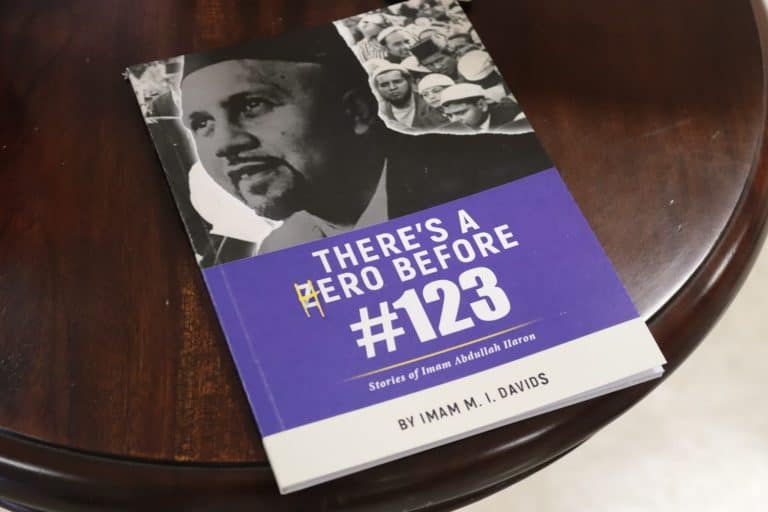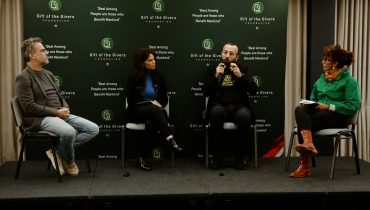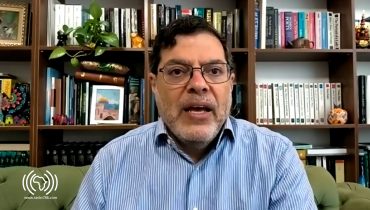Written: Dr Omar Esau (Nephew of Imam Abdullah Haron)
The book, There’s a Hero Before #123 Stories of Imam Abdullah Haron, by Imam Mogamad Ismaeel Davids gives the reader a good insight into the memories of 30 people who lived and shared experiences with the life of Imam Abdullah Haron (R.A). Although Imam Mogamad Ismaeel David’s book focuses on the voices of ordinary everyday people who knew Imam Abdullah Haron, it has much wider resonance. These stories in the publication become more than mere voices from the interviewees. Rather, they grow into something like a collective memory of and pay tribute to a brave and courageous man, who not only spoke social justice but practiced social justice and ultimately sacrificed his life for social justice.
The book belongs to a genre of books by ordinary people who suffered under Apartheid. Imam Mogamad Ismaeel Davids grew up in a family where Imam Abdullah Haron was a household name. Both his father Ebrahiem (Sep) Davids and uncle Saleem Davids served as Imams at Al Jaamia in Stegmann Road in Claremont. They were his ardent supporters and were groomed to lead Al Jaamia. Imam Haron was only 33 years old when he became the leader at this mosque. During his leadership, the Imam courageously opposed the South African National Party with their institutionalized apartheid policies. For this he suffered and was killed in prison by the security branch. Imam Haron died when he was only 45 years old but the impact he made, was immense. The Imam’s death is well depicted in one of the stories in the book by Jan Burger (ex-policeman at Maitland Police Station in 1969) who was amongst the last to see Imam Haron alive, “Daardie Imam het gelei. Ek se jou. Onas kon dit sien. Ons moes net ons werk doen. Ek se jou nou. Wat ‘n man! Beleefd, gaaf en ‘n man wat nie sy mede-mens veraai het nie.” “That Imam suffered. I tell you. We could see it. You just had to do your work. I tell you now, with certainty. What a man! Well-mannered, polite and a man that would not sell-out his people.”
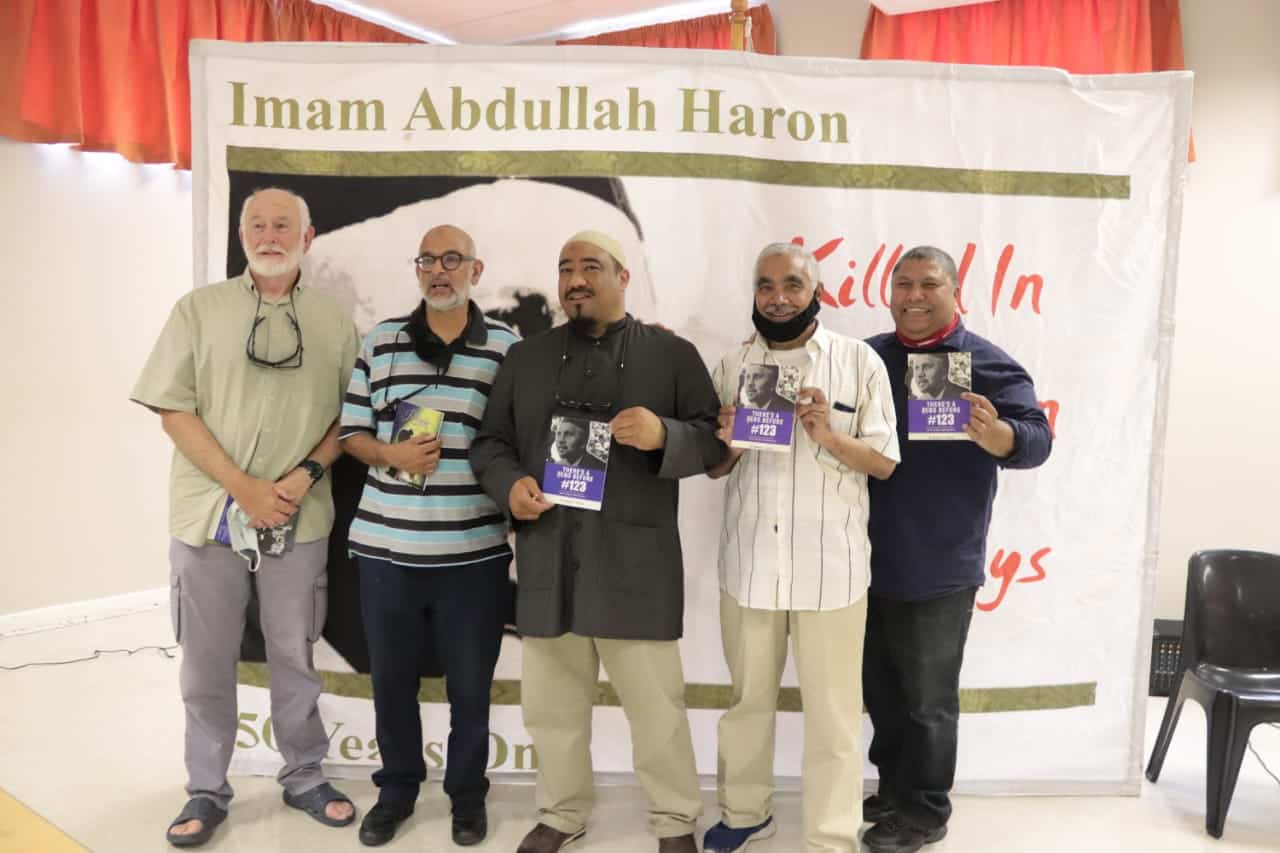
The book bears testimony that Imam Abdullah Haron was undoubtedly a household hero to many as each and every vignette depicted in the book by real ‘ordinary’ people who lived during the Imam’s time could portray and bear witness to the character of this great man. The community can easily find another thousand people to tell you about their experiences with the Imam, but the author selected people he knew were close to the Imam. This is surely no easy task as there are many that would have loved to see their narratives included in this book which highlights greetings, salutations, and love for the Imam.
The technical layout of the book needs some attention. Initially, I thought the writer did not number the pages as he probably sees all 30 stories as interwoven and overlapping. However, the content page has a numbering system, but it inappropriately starts with page 11. In his haste to finish the book as part of the 50th commemoration of Imam Abdullah Haron there are also some typos. The Imam’s niece must be Zaynal and not Zaynab. The surname Deaney is also spelt incorrectly as it must be Dr Abdul-Kareem Deaney and Fuad Deaney. Under Gigi’s Reflections Iman’s grandson must become Imam’s grandson. Also, some sentences are repeated twice, and some sentences are left out from her original text. This makes for uneasy reading.
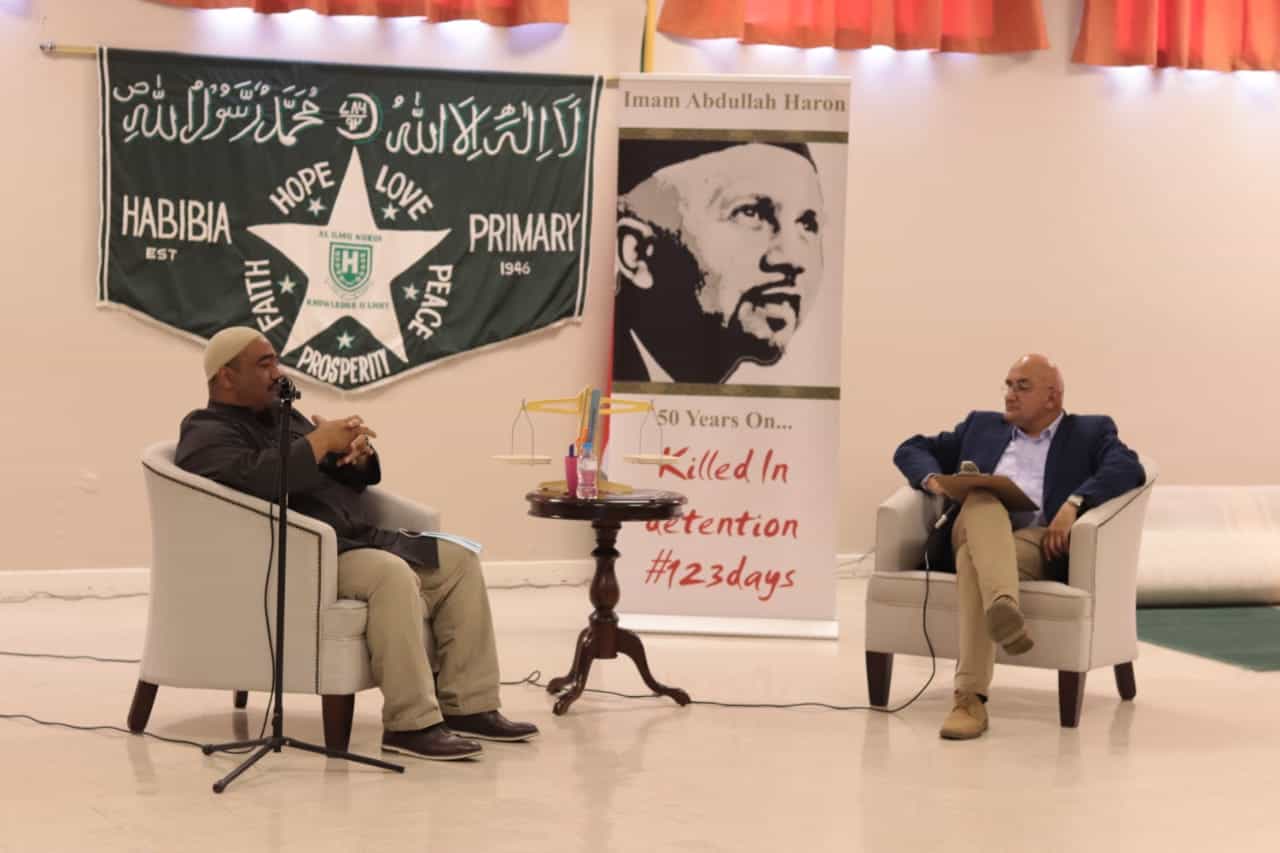
He utilizes the voices of 26 people to tell 30 gripping vignettes depicting the life of Imam Abdullah Haron. I am impressed with the choice of people he took to tell their stories. However, I am trying hard to figure out the sequence that the stories are placed in the book. I would have easily coupled Dr Abdul- Kareem Deaney and Dr Suroor Solomon’s stories together or have their chapters follow each other as they were sent to Egypt to study medicine by the Imam. Unpacking the various voices, I sensed the author mostly used family members and some close friends of the Imam. A glaring omission is the voice of the Imam’s daughter, Fatimah Haron-Masoet as well as the Imam’s sisters who are still alive. In retrospect, 50 stories as part of the 50th anniversary of the Imam’s death would have been most welcome.
Methodologically, There’s a Hero Before #123 Stories of Imam Abdullah Haron contributes greatly to the field of the qualitative researcher, the ethnographer and to the Oral Historian. Imam Mogamad Ismaeel David’s work indeed enhances the meaning of the methodological concept of triangulation, where different sources reporting on the same phenomenon, are compared with each other to get the researcher closer to the “truth”.
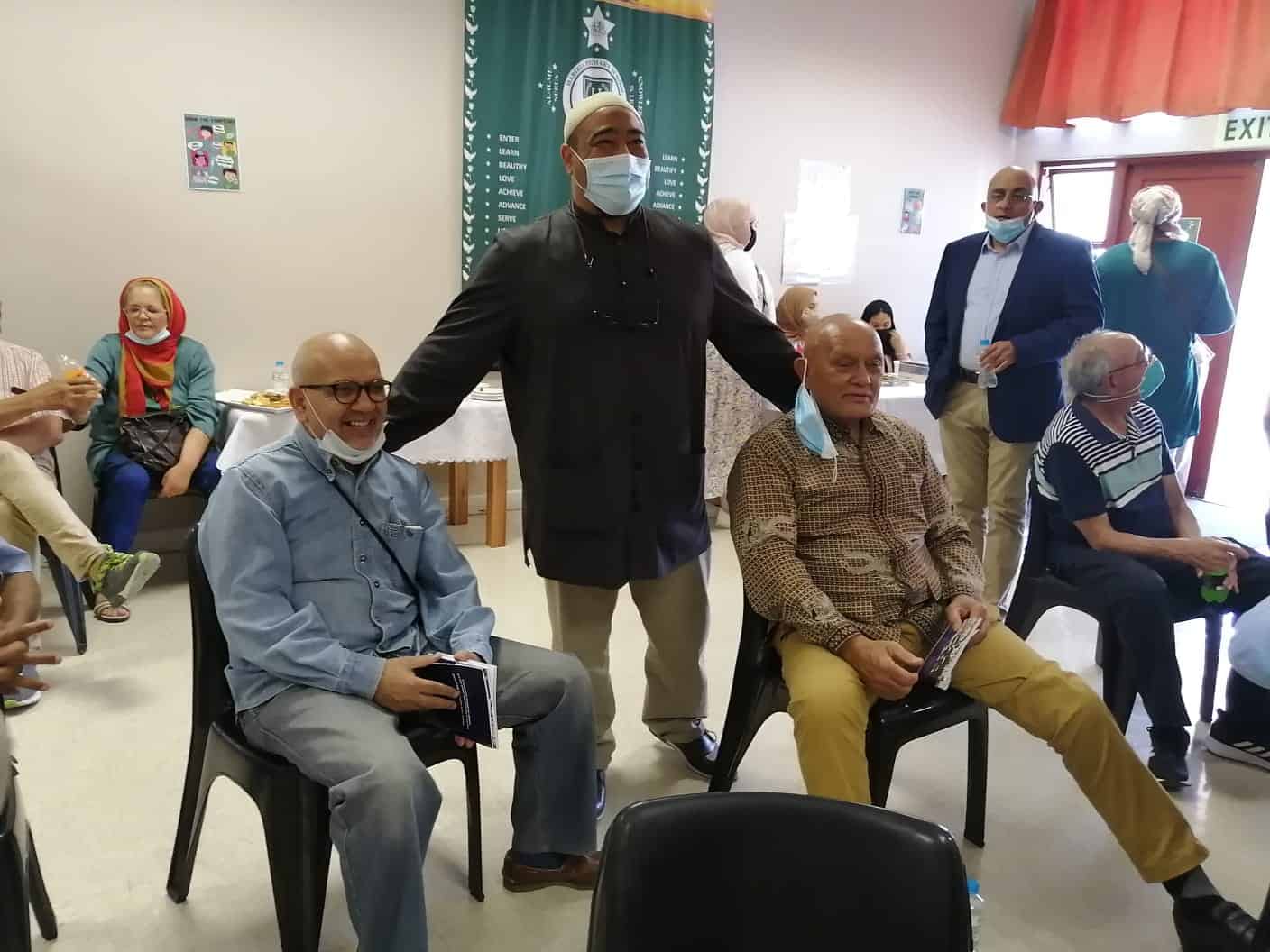
The book is a light read and gives a good insight into the life of Imam Haron as an ordinary man who did extra-ordinary things. The book inspires and depicts the immortality of an ordinary man. The stories highlight the different facets of Imam Abdullah Haron. On the one level he was happy go lucky, jovial, loved people, loved sports and a socially active person. On a more serious level he was spiritual and a deep-rooted revolutionary in the midst of an ailing community.
There’s a Hero Before #123 Stories of Imam Abdullah Haron is beyond doubt a sincere and dedicated contribution by Imam Mogamad Ismaeel Davids to expound his love and appreciation to his beloved Imam and Hero Imam Abdullah Haron (RA).
I trust you will enjoy Imam Mogamad Ismaeel David’s presentation of the stories and that you will find it as stimulating, interesting, enlightening and thought provoking as I did.
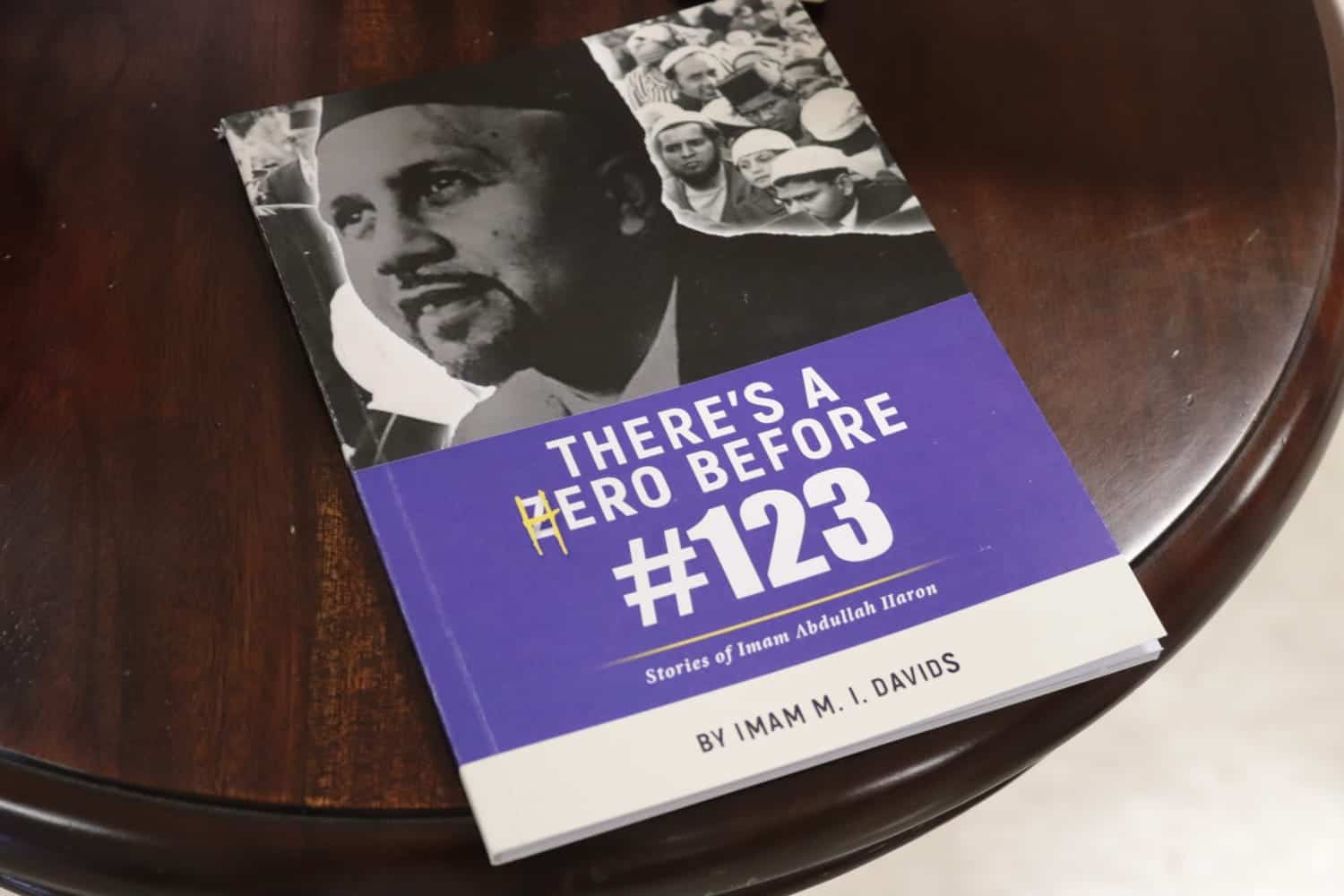
Images: Radio 786


